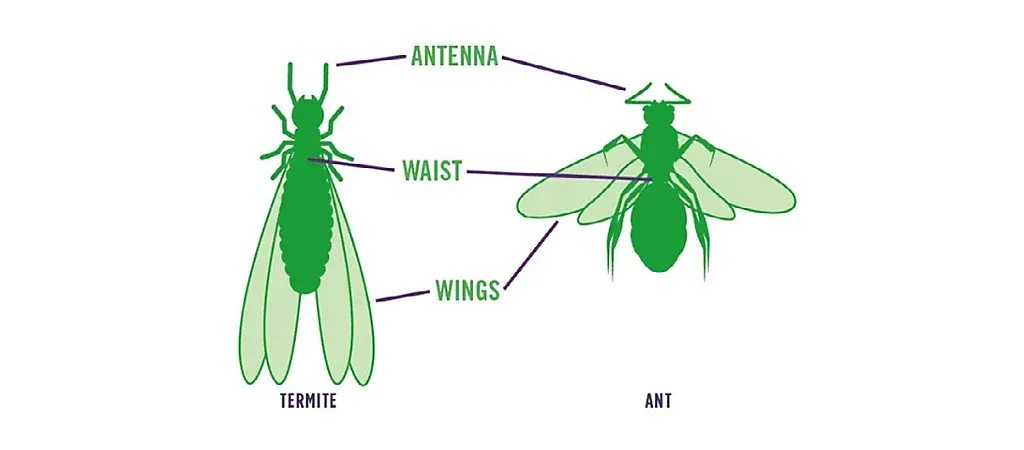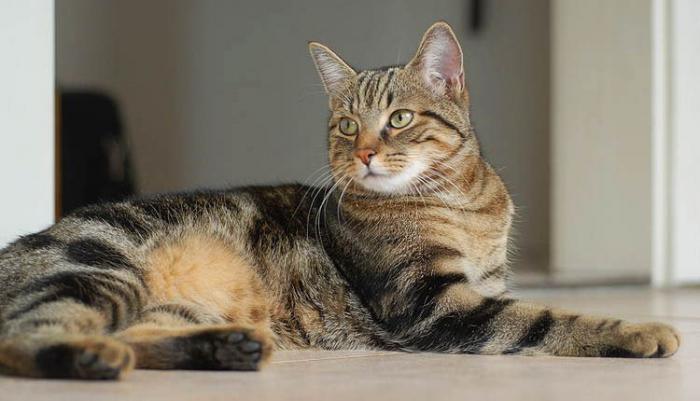New Research On Termite Colony Elimination
I wanted to share some compelling research about the efficacy of Recruit® HD termite bait and the Sentricon® system in achieving total colony elimination.
Research from Dr. Nan-Yao Su and Dr. Thomas Chouvenc at the UF/IFAS Fort Lauderdale Research and Education Center (FLREC) has shown that only a small amount of Recruit HD termite bait is needed for total colony elimination. They found that just one day of feeding on Recruit HD termite bait is enough to deliver a lethal dose to 1 million subterranean termites.
In a separate study, Dr. Chouvenc determined that only 15.3 grams, or a fifth of a stick, of Recruit HD termite bait is sufficient to eliminate 1 million termites. This research confirms that even with limited exposure and a fractional amount of bait consumed, the Sentricon system quickly and completely eliminates termite colonies. This means you can apply the Sentricon system with confidence, knowing that total colony elimination begins as soon as the first termite starts feeding.
This information is beneficial for you because:
* A single Recruit HD termite bait contains more than enough Noviflumuron to achieve total colony elimination. When the Sentricon system establishes a ring of protection around a home, the in-ground bait stations provide ample Noviflumuron to eliminate multiple colonies, offering y customers peace of mind and superior termite protection.
* A single Recruit® above-ground (AG) station also contains more than enough bait for total colony elimination. Recruit AG stations are a versatile solution for hard-to-treat termite infestations, as they can be placed directly on an active mud tube, ensuring immediate termite feeding. This immediate feeding provides homeowners with assurance that their home is protected from the first day of treatment. Recruit AG stations are particularly useful for treating Formosan termite infestations, which often exploit above-ground moisture to establish aerial colonies that are difficult to treat with traditional methods.
Backed by over 70 scientific and 30 independent research studies, the Sentricon system offers confidence that Billiot Pest Control is protecting their customers’ homes with the most advanced termite control solution available.









